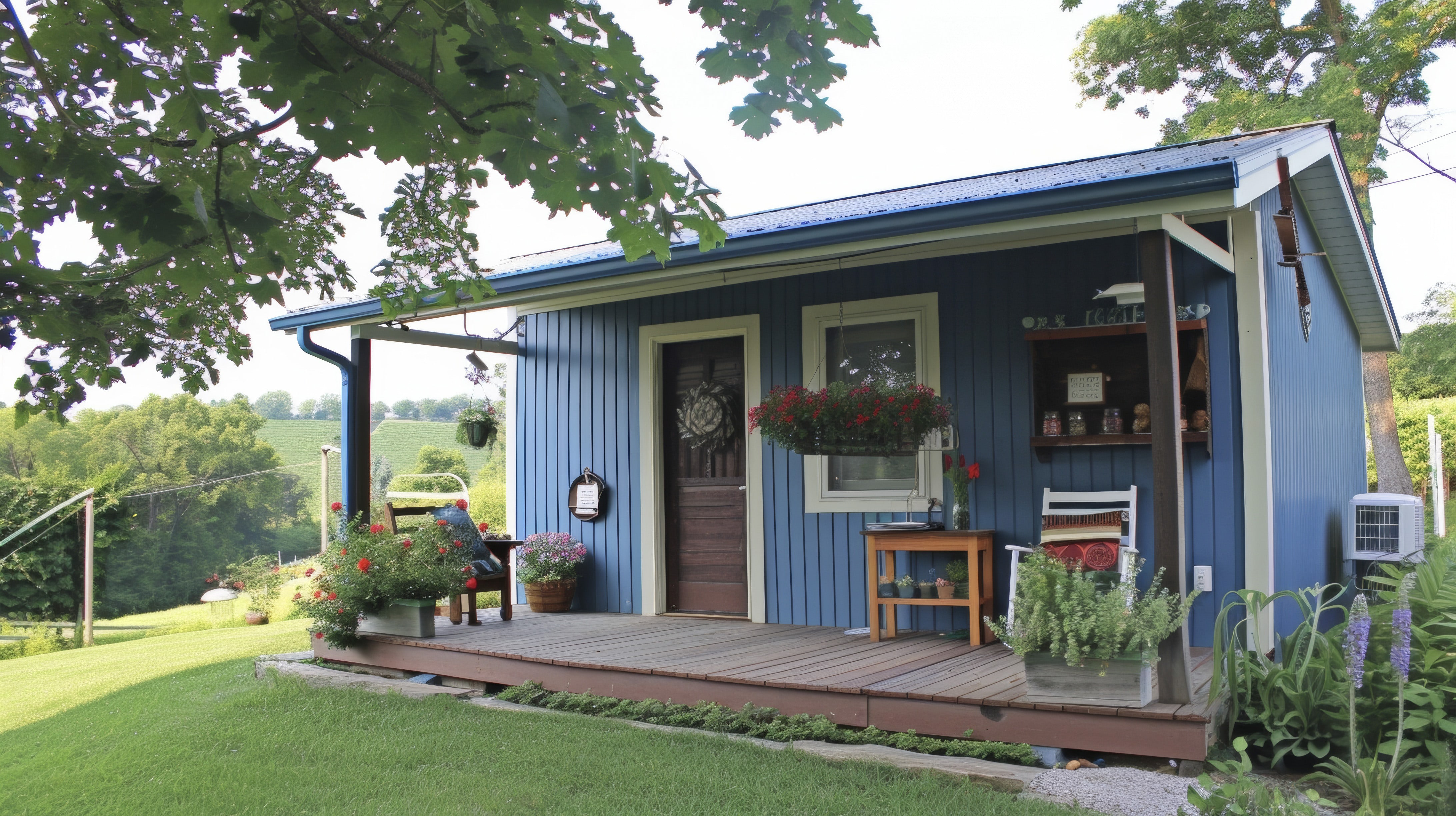San Bernardino County SB-684 Guide: Lot Splits in the High Desert

San Bernardino County, California's largest county, offers unique opportunities for SB-684 lot splits across diverse geographic regions from mountain communities to high desert areas. This guide covers the specific requirements and opportunities throughout San Bernardino County.
San Bernardino County Overview
San Bernardino County encompasses vast geographic diversity, from mountain communities like Big Bear to desert cities like Victorville and Barstow. This diversity creates different requirements and opportunities for SB-684 lot splits.
Regional Variations
*Valley Region (Fontana, Rancho Cucamonga, Ontario)
*
- Standard urban requirements
- Good infrastructure availability
- Strong market demand
- Standard SB-684 processing
- Special environmental considerations
- Limited infrastructure capacity
- Seasonal market variations
- Additional fire safety requirements
- Rapid growth and development
- Good infrastructure in urban areas
- Strong market demand from LA area buyers
- Wind and solar energy considerations
- Rural and semi-rural requirements
- Limited infrastructure
- Military installation proximity factors
- Unique market characteristics
- Optional but recommended consultation
- Review of specific site requirements
- Identification of potential issues
- Timeline and cost estimation
- County application forms
- Professional survey and site plan
- Utility service verification
- Environmental assessment
- Fire department review (mountain areas)
- San Bernardino Valley Municipal Water District
- Mojave Water Agency
- Various smaller districts and private companies
- Well water in some rural areas
- Municipal sewer in urban areas
- Septic systems required in rural areas
- Capacity verification needed
- Environmental health department approval
- Southern California Edison (most areas)
- San Diego Gas & Electric (southern areas)
- Southern California Gas Company
- Propane in some remote areas
- High fire risk areas throughout county
- Defensible space requirements
- Access requirements for emergency vehicles
- Vegetation management obligations
- Desert tortoise habitat in some areas
- Air quality considerations
- Water conservation requirements
- Renewable energy opportunities
- Edwards Air Force Base considerations
- Marine Corps bases in desert areas
- Noise and flight path factors
- Security and access considerations
- Continued migration from coastal areas
- Affordable housing demand
- Logistics and transportation job growth
- Renewable energy industry development
- Generally lower than coastal counties
- Rapid appreciation in many areas
- Good value creation potential through lot splits
- Strong rental markets in some areas
- Suburban expansion in valley areas
- Resort and recreation development in mountains
- Master-planned communities in high desert
- Industrial development along transportation corridors
- Research growth patterns and trends
- Consider proximity to employment centers
- Evaluate infrastructure availability
- Assess market demand patterns
- Use professionals familiar with specific regions
- Verify experience with county procedures
- Check references from recent projects
- Consider specialists for unique areas (mountain, desert)
- Understand regional variations
- Plan for special requirements
- Coordinate with multiple agencies
- Allow adequate time for review processes
- Some areas have limited capacity
- Coordinate early with utility providers
- Plan for potential upgrade costs
- Consider alternative systems in rural areas
- Desert and mountain environments have special requirements
- Engage environmental consultants when needed
- Plan for habitat and species protections
- Consider climate and weather factors
- Different regions have different buyer preferences
- Seasonal variations in mountain and desert areas
- Economic factors affect different regions differently
- Competition from new development in some areas
- Continued growth expected in most areas
- Infrastructure improvements planned
- Economic diversification ongoing
- Climate change adaptation planning
- Potential process streamlining
- Enhanced environmental requirements
- Fire safety standard updates
- Water conservation policy changes
*Mountain Communities (Big Bear, Lake Arrowhead, Crestline)
*
*High Desert (Victorville, Hesperia, Apple Valley)
*
*Mojave Desert (Barstow, Twenty-nine Palms, Needles)
*
County Requirements
*Standard Lot Size Requirements
*
- Urban areas
4,000 sq ft original minimum
- Each resulting lot
2,000 sq ft minimum
- Rural areas
Larger minimums may apply
- Mountain areas
Special slope and fire requirements
*Setback Standards
*
- Front setback
20-25 feet typical
- Side setbacks
5-10 feet depending on zone
- Rear setback
15-20 feet typical
- Mountain areas
Additional fire clearance required
Application Process
*Pre-Application Services
*
*Formal Application Process
*
1. Complete application submission
2. Administrative completeness review
3. Technical analysis (60-90 days)
4. Inter-agency coordination
5. Final approval and conditions
*Required Documentation
*
Timeline and Costs
*Processing Timeline
*
- Application preparation
4-6 weeks
- County review
60-90 days
- Final processing
2-4 weeks
- Total timeline
4-6 months
*Fee Structure
*
- Application fees
$2,500-4,000
- Review and processing
$1,200-2,200
- Recording and miscellaneous
$400-800
- Total county fees
$4,100-7,000
Infrastructure Considerations
*Water Service Providers
*
*Sewer and Septic
*
*Electrical and Gas
*
Special Considerations
*Fire Safety Requirements
*
*Environmental Factors
*
*Military Installation Proximity
*
Market Opportunities
*Growth Trends
*
*Property Values
*
*Development Patterns
*
Success Strategies
*Location Analysis
*
*Professional Team Selection
*
*Regulatory Navigation
*
Challenges and Solutions
*Infrastructure Limitations
*
*Environmental Compliance
*
*Market Variations
*
Future Outlook
*Development Trends
*
*Regulatory Evolution
*
San Bernardino County offers diverse opportunities for SB-684 lot splits, from urban valley locations to unique mountain and desert settings. Success requires understanding regional variations, infrastructure considerations, and market conditions specific to each area of this vast county.


